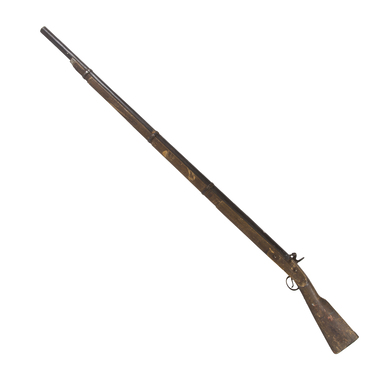The Museum of Local Lore houses an iron chain mail. Such armor was worn by participants of the expeditions, which in the 17th century explored the territory of Transbaikal.
A chain mail is a netted shirt, made of small iron rings. It protected the torso from the enemy’s cold weapons: a knife, a spear or a rapier. Depending on its size and thickness, a chain mail could weigh up to 10 kilograms and the entire equipment of a soldier — up to 30 kilograms.
The exploration of Siberia happened in several stages. At the beginning of the 17th century, Russian explorers traveled from Tobolsk along the Irtysh River, then along the Ob and to its tributary, the Ket River, and from it to the Yenisey. Thus, before them was Eastern Siberia.
The main reason for these expeditions to the east of the country had to do with economic advantages: there were many animals with valuable fur in Transbaikalia. In addition, the government hoped to find mineral deposits, as there were few of them in the European part of the country.
Researchers believe that one of the first Russian explorers in the territory of Transbaikal was Maxim Perfiliev. A memorandum from the Lena voivodes (military governors) Peter Golovin and Matvey Glebov states:
A chain mail is a netted shirt, made of small iron rings. It protected the torso from the enemy’s cold weapons: a knife, a spear or a rapier. Depending on its size and thickness, a chain mail could weigh up to 10 kilograms and the entire equipment of a soldier — up to 30 kilograms.
The exploration of Siberia happened in several stages. At the beginning of the 17th century, Russian explorers traveled from Tobolsk along the Irtysh River, then along the Ob and to its tributary, the Ket River, and from it to the Yenisey. Thus, before them was Eastern Siberia.
The main reason for these expeditions to the east of the country had to do with economic advantages: there were many animals with valuable fur in Transbaikalia. In addition, the government hoped to find mineral deposits, as there were few of them in the European part of the country.
Researchers believe that one of the first Russian explorers in the territory of Transbaikal was Maxim Perfiliev. A memorandum from the Lena voivodes (military governors) Peter Golovin and Matvey Glebov states:



